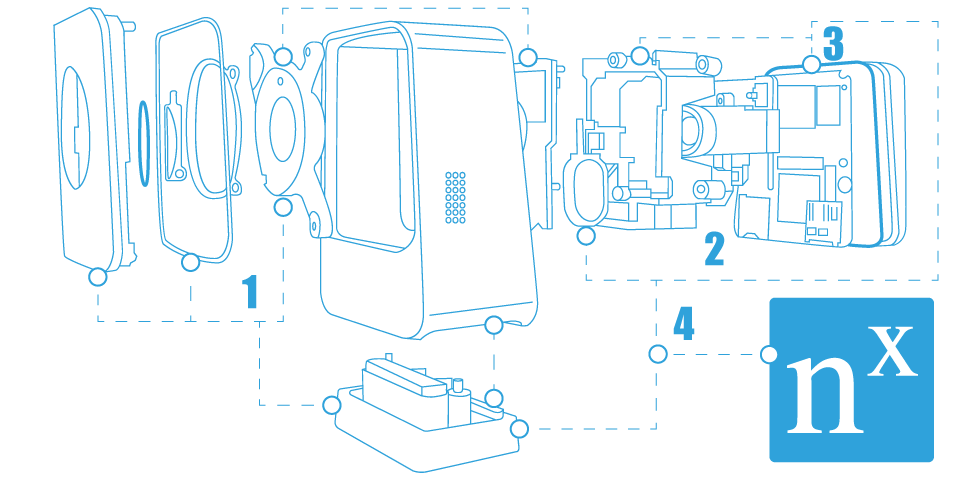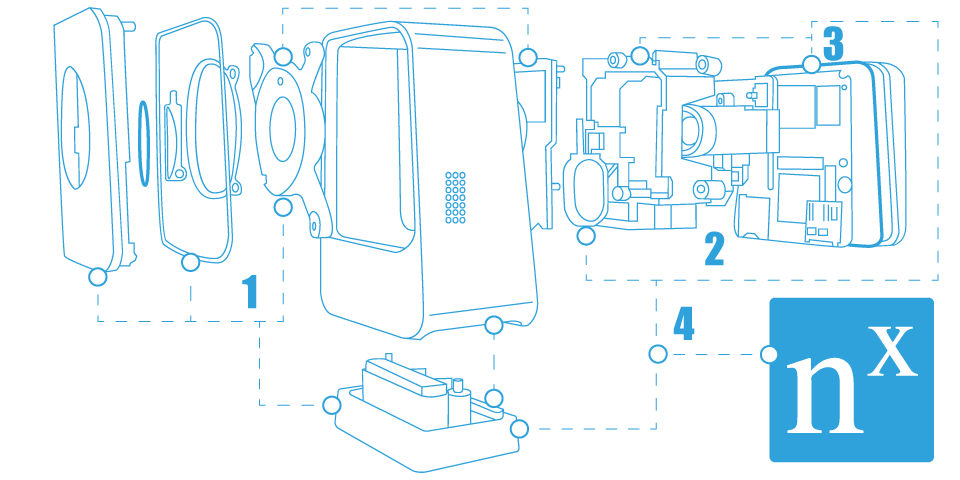What is an IP Camera?
IP = Internet Protocol. IP Camera = Internet Protocol Camera.
At its most basic an Internet Protocol camera – commonly referred to as an IP camera – is a digital video camera that captures and streams video (aka a sequence of captured images) over a network (LAN, WAN, the Internet). Unlike traditional webcams, action cameras, or point-and-shoot cameras IP cameras typically have a web server and are assigned their own IP address on a network, which is then used by Video Management Software (like Nx Witness VMS) to connect to, configure, control, capture, and view video and audio being generated by the device.
An IP camera exposes all its capabilities via a secure software or web server, making it much easier for you to use it. By combining IP cameras with enterprise video management software like Nx Witness VMS users are able to remotely view their cameras from anywhere, anytime.
Below is a high level graphic and explanation of how an IP camera works.
- Light enters the camera’s lens and is directed to a sensor (CCD or CMOS). The higher number of pixels on a sensor (a pixel is generally thought of as the smallest single component of a digital image), the higher the resolution of the captured image.
- The camera’s CPU reads and converts light captured by pixels into a digital signal. This is where the CPU is important – the more powerful the CPU the more frames (images) that can be encoded each second (frames per second).
- The digital signal is then transmitted over a network using an IP protocol (typically RTSP, UDP, or HTTP) to a 3rd party software ( like Nx Witness VMS).
- The 3rd party software (e.g. Nx Witness VMS) captures and decodes the digital signal into pixels, which are then displayed on a 3rd party computing device (e.g. laptop computer, desktop computer, smart phone, tablet).
A Short History of IP Cameras
The world’s first IP Camera was introduced in 1996.
The Axis Neteye 200 streamed at 1fps with a huuuuuge 320 x 240 resolution had an MSRP of $1299.00 – about 1.7 cents per pixel, per second. Today anyone can buy a full HD IP camera capable of streaming 30 or 60 frames per second for around $100.00 – about 0.0000016 cents per pixel. That’s about 10,000 times cheaper per pixel per second.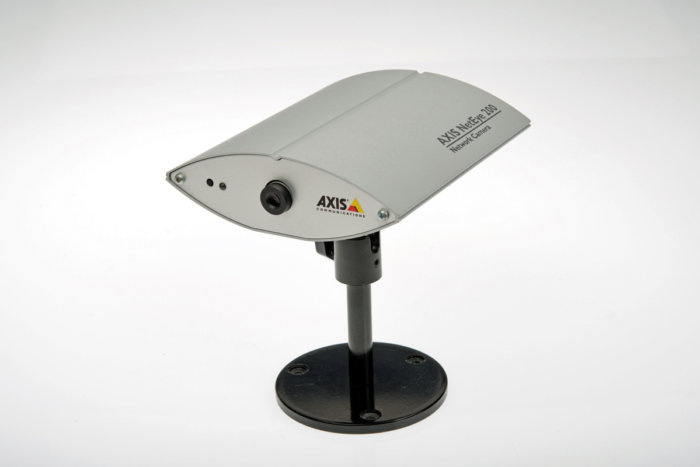
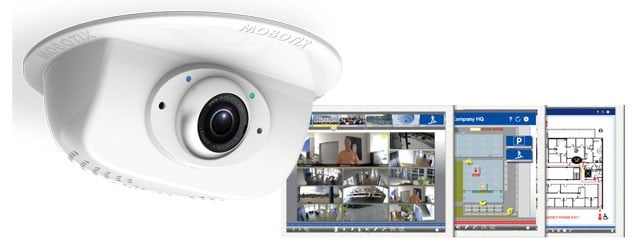
The Intellio-made camera was able to detect a number of different events, such as if an object was stolen, a human crossed a line, a human entered a predefined zone, or if a car moved in the wrong direction.
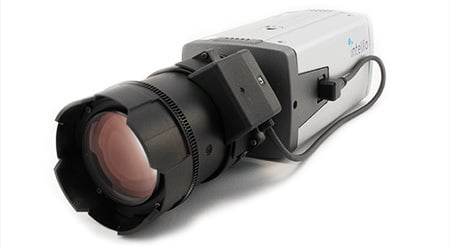
ONVIF began in 2008 as a way to standardize how IP Cameras talk to software.
ONVIF (Open Network Video Interface Forum) was an effort by Axis, Bosch, and Sony to create an easier path for software developers to integrate with and maintain support for IP cameras and later evolved to include other types of surveillance devices like Access Control and Alarm. As of May 2019, ONVIF standards have been implemented across 12,000 products.
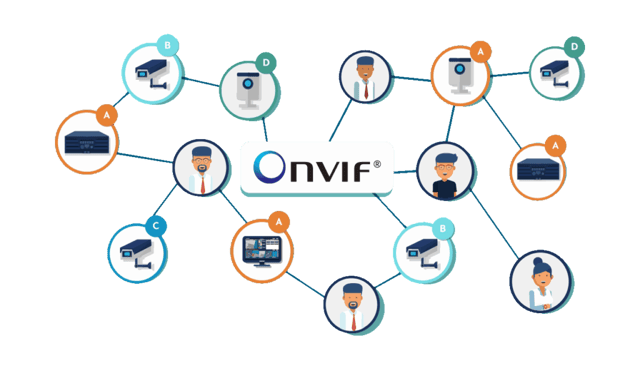
Common Questions about IP Cameras
Are IP Cameras secure?
As with all technologies that connect over an ethernet or the Internet the answer is – it depends. IP cameras are usually setup on a private network that is physically or logically isolated from other IT infrastructure. Depending on how you configure the camera’s network connection and access rights, much like a computer IP cameras can be either as open or as secure as you’d like to make them.
To secure your IP cameras we recommend the following:
- Put your IP cameras on a secured, private LAN.
- Change the default password for your IP camera to something secure and do not share it with anyone!
- Enable secure-only connections in Nx Witness VMS – this requires users to utilize HTTPS connections instead of unsecured HTTP connections.
- Enable encrypted communications in Nx Witness VMS – this encrypts communications between your cameras and Nx Witness System software.
IP Cameras are for surveillance, right?
There is no doubt the IP camera is a powerful surveillance tool, but as IP cameras have become more powerful, more intelligent, and more affordable, there are an increasing number of compelling use cases for IP cameras – including production monitoring, retail analytics, autonomous robotics monitoring and control, and more.
Tip: Check out the Nx Witness VMS Case Studies to see a variety of ways Nx’s customers are using IP cameras today.
How do I set up an IP camera?
Setting up your IP Cameras should be simple.
First up, download a VMS capable of discovering your IP camera or cameras. Nx Witness VMS discovers 99% of IP cameras out there.
Second, plugin your IP camera into the same network as Nx Witness VMS (make sure your camera is auto-assigned an IP address or has an assigned IP address on the same subnet as the computer running Nx Witness). Nx Witness will discover your IP camera.
Third, configure your IP camera’s recording schedule – the image capture quality, frame rate (fps), and time you’d like to record video from the IP camera.
Fourth, create rules in the Nx Witness VMS engine to notify you about behavior detected by your IP Camera. Since IP cameras can now easily be networked together, their abilities can be improved by external tools. Some cameras are able to output analytics, such as a person passing by, how long they stayed in an area, and the rate of movement amongst others. There’s also facial recognition for white list / black list environments. And remember today’s IP cameras are not only about video. IP cameras can also receive and send audio, enabling two-way audio communication.
And finally, connect your new Nx Witness VMS system to Nx Cloud to access and view your IP cameras from anywhere, anytime. You can even share access!
How do I find the right IP camera?
This is a tough one! IP Cameras come in all shapes and sizes and the camera you need will depend heavily on a few key things:
- Is the camera going to be used indoors or outdoors?
- What field of view does the camera need to cover?
- What types of activities and what level of detail would you like to be able to capture?
- Will the camera be wireless or wired?
IPVM has an online resource (the IPVM Camera Finder) that is great for organizations or people to find the right camera, and Nx Witness will be able to support it!


